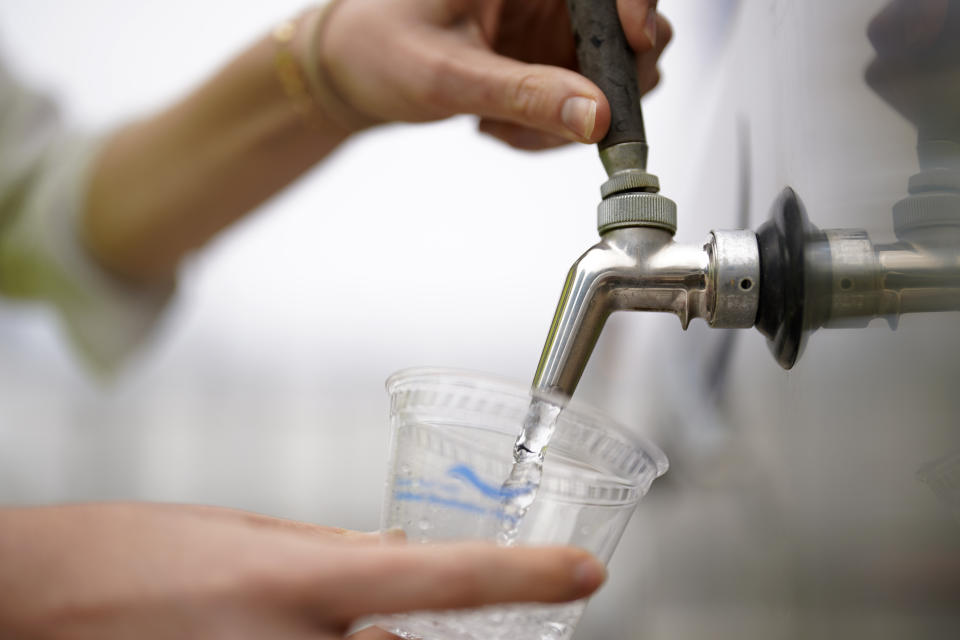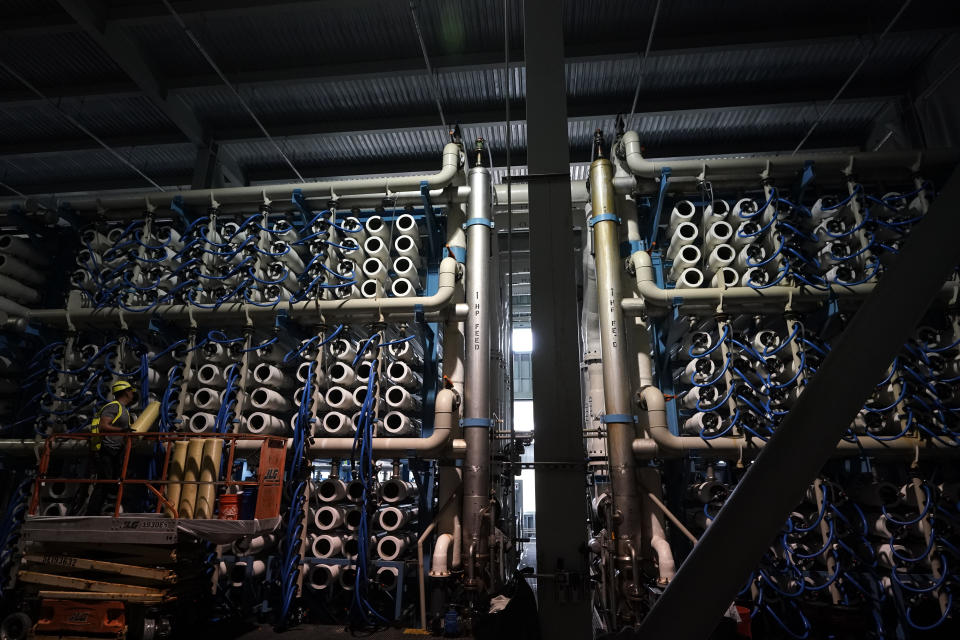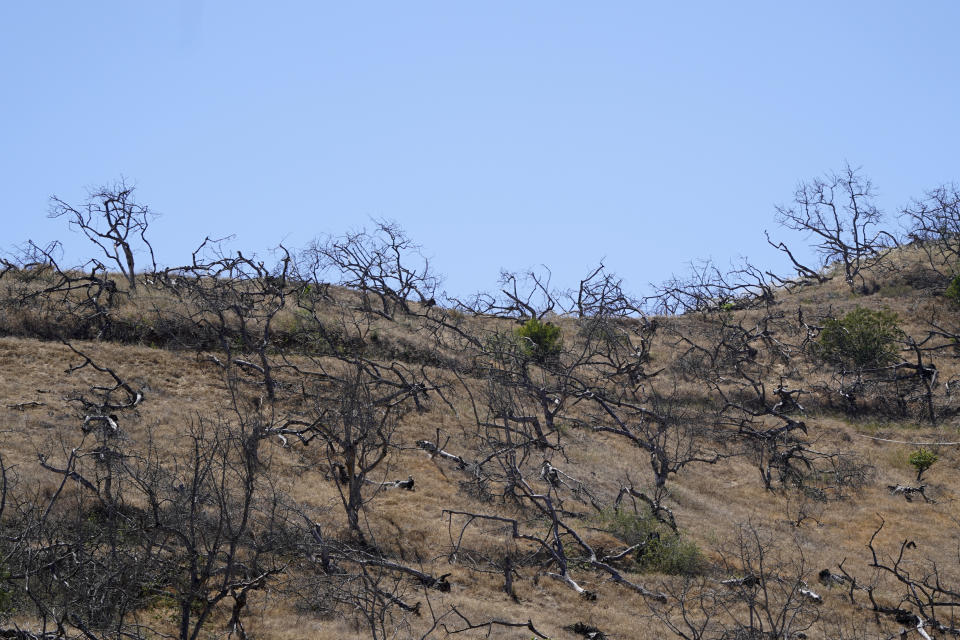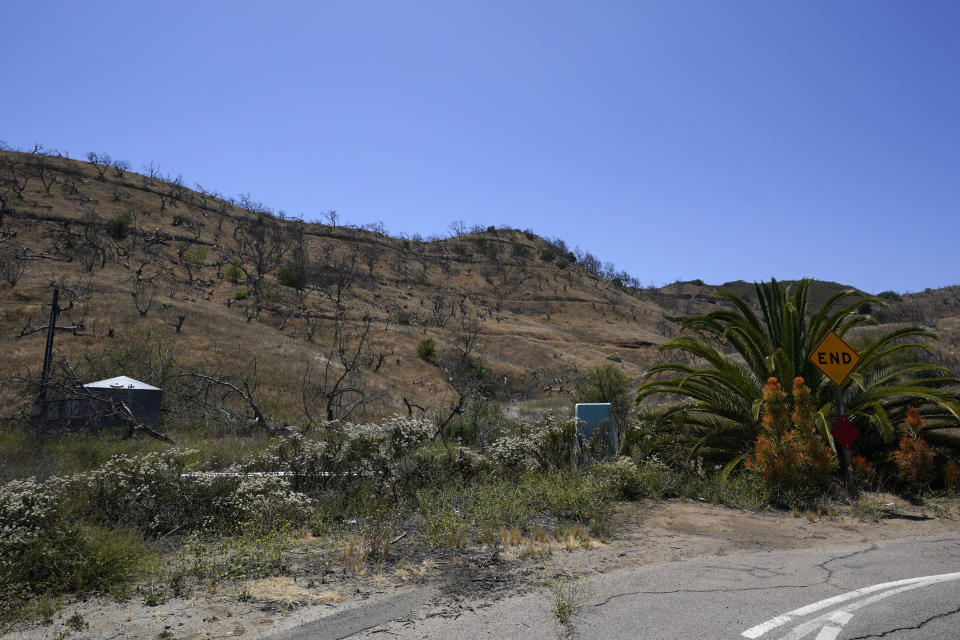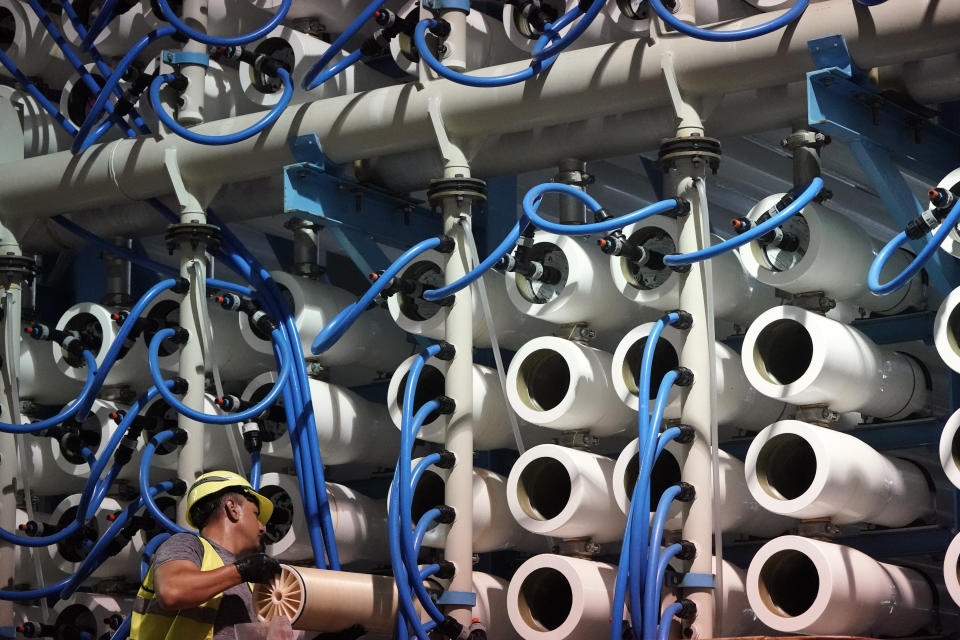How San Diego secured its water supply, at a cost
As a worsening drought forces millions of Californians to face mandatory water restrictions, one corner of Southern California has largely shielded itself from supply-related woes: San Diego County.
For Western water planners, the path it took to get there serves either as a blueprint or a cautionary tale.
Over the past three decades, San Diego County diversified its water supply, ramped up conservation and invested in big-ticket water infrastructure including the Western hemisphere’s largest desalination plant, which removes salt and impurities from ocean water. As a result, the water agency that serves 24 water utilities including the city of San Diego says it can avoid cuts until at least 2045, even during dry periods. But that security has come at a cost.
San Diego County's water is among the most expensive in the country, costing about 26% more at the wholesale level in 2021 than the Metropolitan Water District's, which serves Los Angeles and surrounding counties. Now, two rural irrigation districts in San Diego County home to large avocado industries want to break away from the regional water supplier, saying they can purchase cheaper water elsewhere. If they succeed, water in San Diego County could grow even more expensive.
“San Diego's situation is very surprising, very striking,” said Michael Hanemann, an environmental economist at Arizona State University who recently was commissioned to study the region's water costs for a California agency. “I think this is a harbinger of something that’s going to happen elsewhere in California and elsewhere in the U.S.”
WHY SO EXPENSIVE
San Diegans didn't always rest easy during drought. In the 1990s, a severe dry period cut the region's water supply by 30%. At the time, almost all of its water came from the Metropolitan Water District, the country's largest water provider. That experience and a tense, dysfunctional relationship — California water experts say — with water officials in Los Angeles spurred San Diego County's aggressive, decades-long pursuit of water self-sufficiency.
“At that point, our community came together and said, ‘We’re not going to be in this situation again. We need to plan for our own reliability,” said Sandy Kerl, general manager of the San Diego County Water Authority.
So in 2003, the water authority cut a deal to get water from the single largest user of the Colorado River, the Imperial Irrigation District, in Southern California. San Diego County funded repairs to leaky canals belonging to Imperial and signed a historic water transfer deal. Today, it receives about 55% of its total supply from Imperial as part of the deal.
The water authority also helped farmers use less water. It raised dams to increase storage capacity in reservoirs. It provided rebates to homeowners who ripped out grass lawns for water-efficient alternatives.
In 2012, San Diego County forged a deal to get 10% of its water supply from the Carlsbad Desalination Plant for the next 30 years. The plant produces 50 million gallons of drinkable water — enough for about 400,000 people — every day and is by far the region's most expensive water source.
“In round terms, it’s twice as expensive as imported surface water,” said Hanemann. “On the other hand, it’s a very reliable supply because it’s not affected by drought and low flows in rivers in Northern California or the Colorado.”
While those efforts took hold, demand steadily fell, even as half a million more people moved to San Diego. Statewide water cuts during drought, more efficient showers, toilets and taps, rebates to tear out grass and the use of recycled water did what they were supposed to do — steeply reducing per-person water use. By 2020, San Diegans used 30% less water than in 1990.
Water officials, however, didn't foresee the coming drop in demand and consistently overestimated how much water was needed. Today, San Diego County says it is no longer searching for more water, a position that some in the West might consider enviable. But they wouldn't envy the water rates.
Thanks to selling less water, San Diego County has raised rates — by an average of 4% for each of the past five years — to cover fixed costs including the San Vicente Dam and desalination plant. Such costs make up the lion's share — roughly 90% — of the agency's annual expenses.
The price of water, Hanemann said, is largely determined by the infrastructure that moves and stores it. “You're screwed if suddenly you deliver fewer gallons of water since your costs don't go down.”
“Water is a terrible business to be in because we have to promote people to use less of our product and charge them more when they do," said Tom Kennedy, general manager of the Rainbow Municipal Water District, one of the two water agencies trying to detach from the San Diego County's water authority.
AVOCADO COUNTRY
Rainbow and Fallbrook, the other town whose agency is trying to source its water elsewhere, say doing so would give them access to cheaper water, though the potential savings aren’t yet known. A state agency is considering whether they can leave, with a decision expected by the end of the year. If their exit is approved, the next step would be a vote among residents. Only if that vote passes can the two districts leave.
At a recent public hearing, angry residents shouted at officials about how long the process is taking — and how expensive their bills have gotten in the meantime.
The rural towns cut a striking contrast to San Diego’s constellation of beach towns and waterfront skyline. Northeast of the city, steep, dry hills and sweeping canyons dot the landscape.
Steep water costs have hurt farming in Fallbrook and Rainbow, once the largest producer of avocados in the country. Between 2016 and 2020, Fallbrook lost nearly a fifth of its avocado groves, government records show, due to urbanization and fallowed groves.
Jason Kendall, a farmer in Rainbow whose family took out their avocado groves years ago, said growing the fruit without supplementary groundwater is a losing business.
“You just can’t be profitable buying district water and growing avocados,” said Kendall, who has 350 acres (142 hectares) of cut flowers, which are widely grown in the region.
POSEIDON, NOT AGAIN
Water officials in San Diego County say higher water costs are coming for other parts of California and the West, even if desalination is less popular today than it once was. Recently, a California coastal commission denied a permit for Poseidon Water to build another decades-in-the-making desalination plant some 60 miles (97 kilometers) up the coast, in Huntington Beach. The rejection came after years of opposition from environmentalists.
The rest of the state has work to do, officials in San Diego County said, as climate change continues to intensify droughts and shrink the rivers feeding California’s reservoirs and the Colorado River.
“There’s no more cheap water available,” said Kerl.
____
The Associated Press receives support from the Walton Family Foundation for coverage of water and environmental policy. The AP is solely responsible for all content. For all of AP’s environmental coverage, visit https://apnews.com/hub/environment

 money
money 